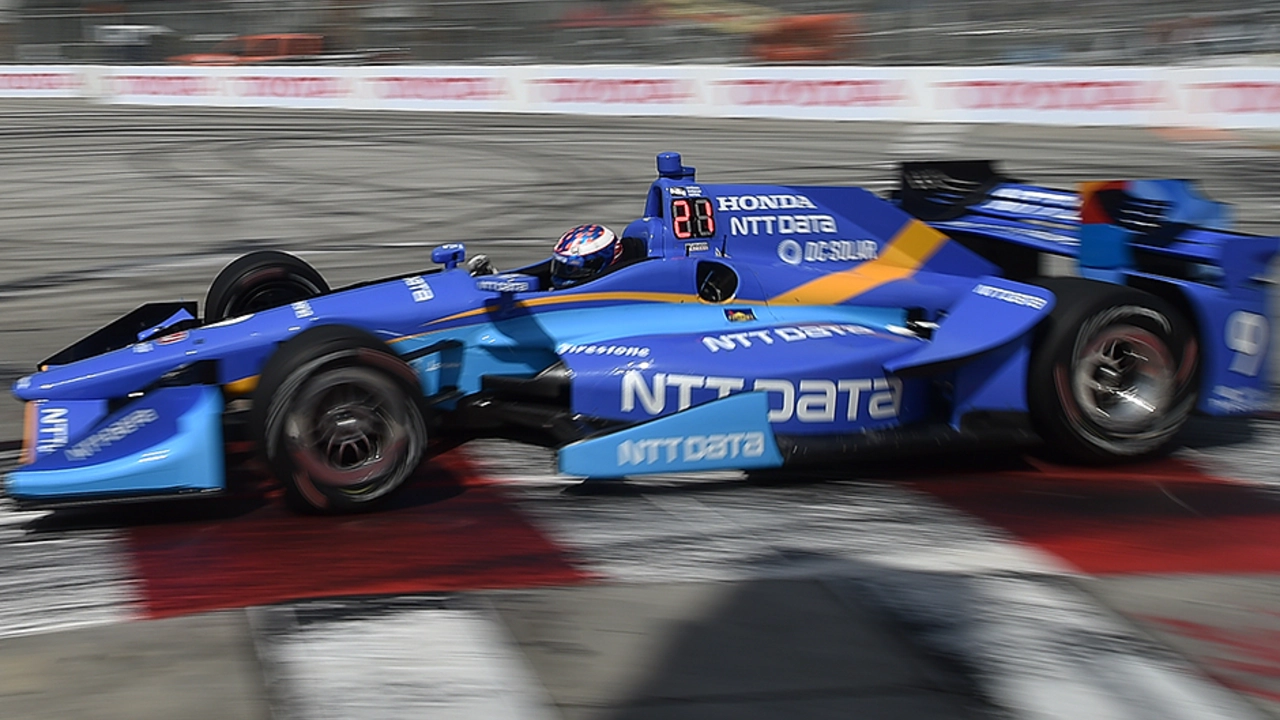Understanding Motorsports Regulations: What Every Fan Should Know
Ever wondered why race cars look the way they do or why drivers wear those bright helmets? It’s all about regulations. These rules shape everything from car specs to how a race starts and ends. Knowing the basics helps you enjoy the sport without getting lost in the jargon.
Why Regulations Exist
First off, safety is the biggest reason. Governing bodies set standards that protect drivers, crews, and spectators. Without a safety framework, one crash could become a disaster. Second, regulations level the playing field. By limiting engine power or tyre types, they prevent wealthy teams from simply outspending everyone else.
Key Areas of Motorsport Rules
Technical rules cover the car’s engine, aerodynamics, and weight. They define what modifications are legal and what isn’t. Sporting rules dictate how a race is run – flag signals, pit‑stop limits, and penalties for overtaking under safety car. Environmental rules are growing fast; many series now require fuel‑efficiency targets or hybrid systems to cut emissions.
Compliance isn’t just for teams. Officials run scrutineering sessions before every event to check that every car follows the rulebook. If something fails, the car gets sent back for fixes or faces a grid penalty. This process keeps the competition fair and the risk low.
For fans, the language can feel heavy. A quick tip: focus on a single rule set at a time. Start with the safety standards – things like helmet certifications and crash‑structure tests. Then move to technical limits, which often explain why a car looks certain ways on the track.
Staying updated is easier than you think. Most series publish a ‘technical regulations’ PDF on their official site before each season. Subscribe to the series’ news feed or follow their social channels; they post rule changes whenever they happen. Forums and fan groups also break down complex updates into plain English.
When you watch a race, try spotting the regulations in action. Notice how a driver slows for a yellow flag or how pit crews hustle within a timed window. Those moments are the rules showing their purpose – safety, fairness, and excitement all at once.
In short, regulations are the invisible backbone of motorsport. They protect lives, keep races competitive, and guide the technology that makes cars faster and greener. Understanding them makes every lap more thrilling, because you’ll see the sport not just as a spectacle, but as a tightly controlled showdown where every rule matters.

Is indycar fuel leaded?
Derek Kingsworth Jul 22 0In my research about the fuel used in IndyCar races, I found out that they don't use leaded fuel. It turns out the racing series switched to ethanol as their fuel of choice. This biofuel is not only more environmentally friendly but also promotes renewable energy. It's quite a departure from the old days when leaded gasoline was the norm. So, no, IndyCar fuel is not leaded, it's actually quite green!
More Detail